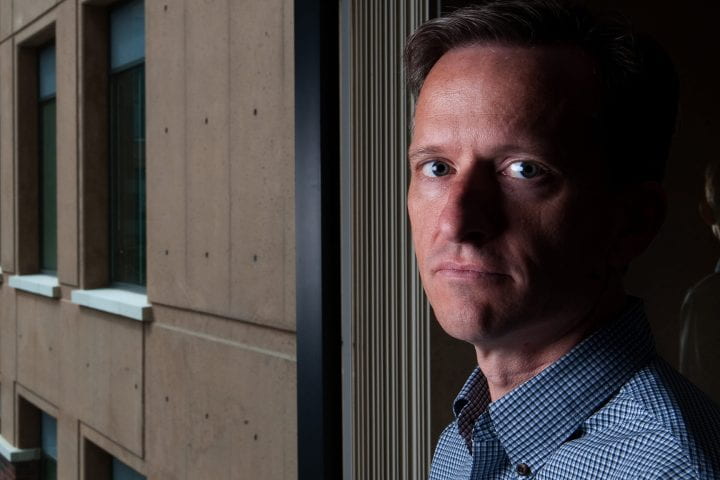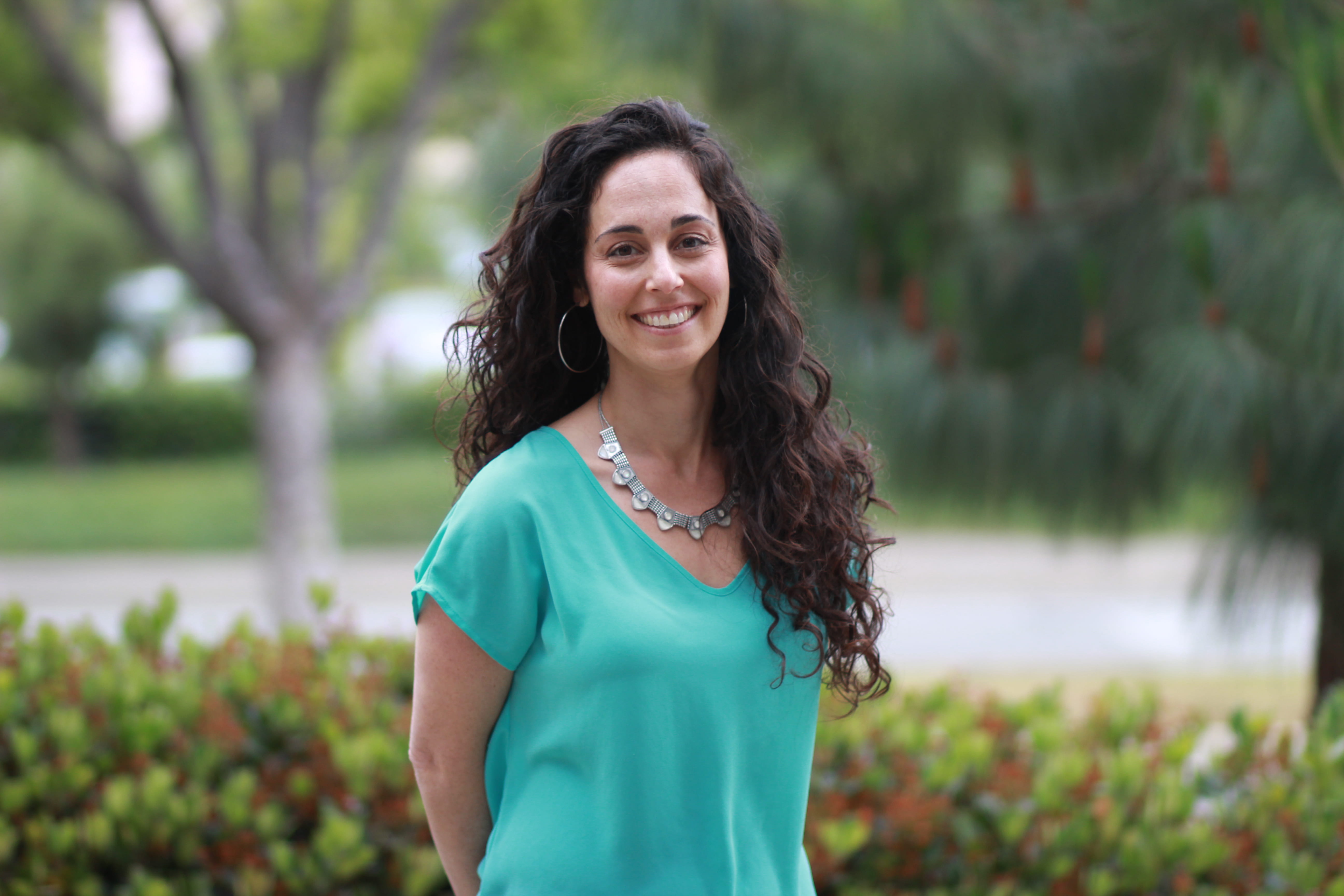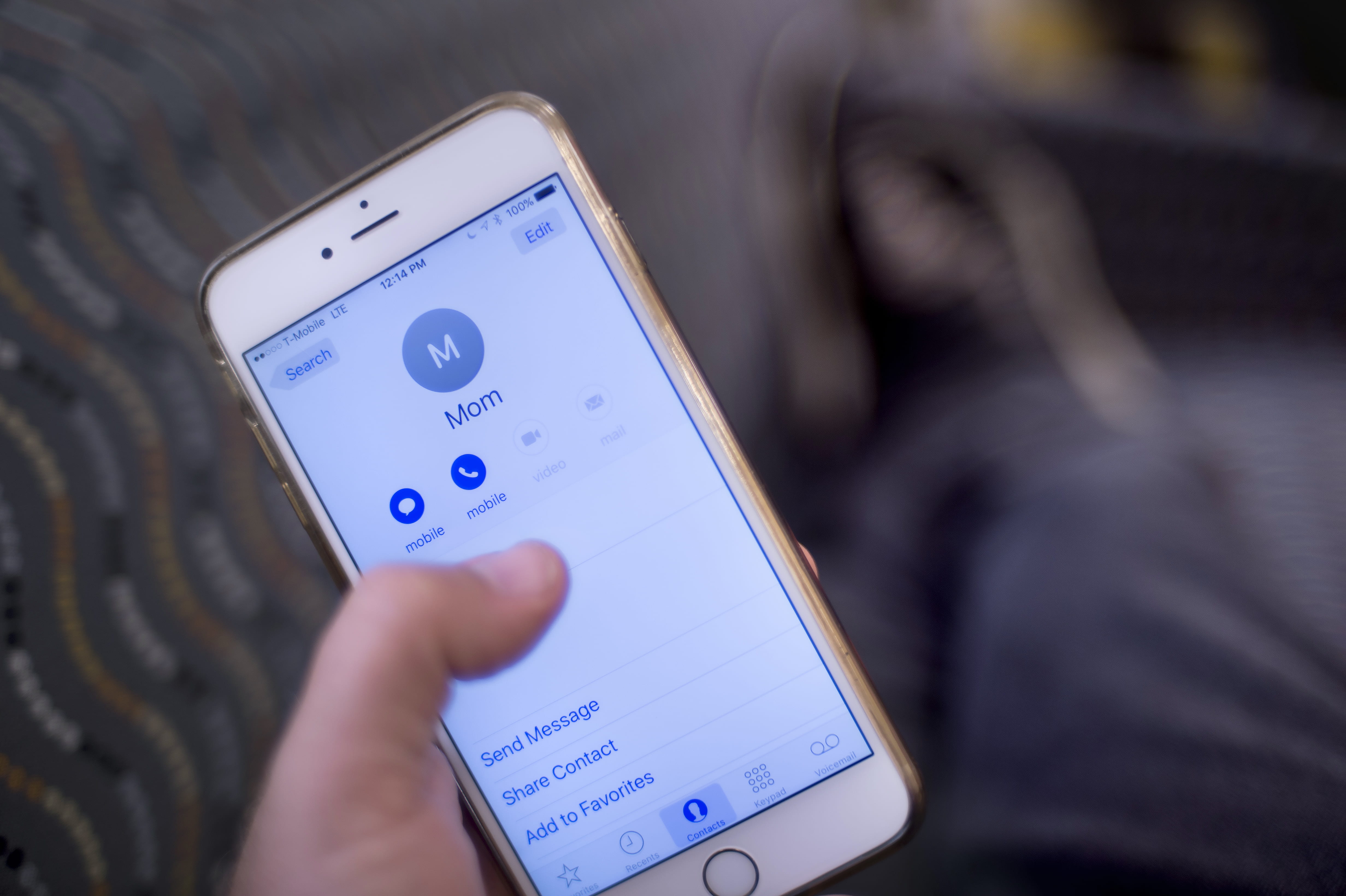Going with the flow
Biomedical engineers host industry open house to show off micro tissue and other research.

Imagine being able to create a blood supply for engineered body tissue as a way to test experimental drugs, rather than having to try them out in actual humans.
That’s exactly what UC Irvine biomedical engineering professor Steven George, director of the Edwards Lifesciences Center for Advanced Cardiovascular Technology, and his team are doing. Using cells from discarded umbilical cord blood, they’ve been growing tiny capillaries, barely visible to the naked eye. And now they have figured out how to send liquid similar to blood flowing through those networks. This “micro tissue” promises to be more realistic than traditional methods of determining whether a treatment will work in people and what the side effects might be.
“The public knows how expensive it is to develop a drug and knows about the lengthy clinical trials,” George says. “The pharmaceutical industry is looking for faster, better ways of predicting how a new substance will work. What’s frustrating for companies is they’ll think they have a promising drug because it worked in flat, petri-dish models, but then when they do an expensive human trial, it fails. Our system potentially changes that, because we’re replicating a variety of human cells in three dimensions that have their own blood supplies.”
Micro tissue is among a variety of products that George and other Lifesciences Center faculty are exploring to help both the public and major corporations. Their research will be on display Thursday, Oct. 20, at an invitation-only event for biomedical firms. Cutting-edge surgical and imaging equipment, emerging cardiovascular designs and other work will be highlighted. More than three dozen companies have signed up to attend.
“The main focus of our first-ever industry open house is to stimulate collaboration between the center and the private sector,” George says. “Given the tight federal and state budgets, this has become a much higher priority.”
The center, as its name suggests, already has one powerful private partner. Irvine-based Edwards Lifesciences’ philanthropic arm gave $5 million to create the campus research facility, which opened in 2009. Chairman and CEO Mike Mussallem, who will speak at the event, says theirs is exactly the sort of collaboration needed to keep lifesaving studies and products moving.
“This center brings together a unique mixture of academia, industry and medicine right here in our backyard to explore new ideas, expand research and develop talented minds who share our mission of helping people suffering from the world’s greatest killer: cardiovascular disease,” he says. “We believe this partnership will not only help us advance heart care but also strengthen our local community.”
Mussallem is a national advocate for innovative, cost-effective policies to make state-of-the-art medical technologies more widely available. A trustee of the UC Irvine Foundation, he is a winner of this year’s UCI Medal.
The industry open house will also feature research on safer coatings for stents and heart valves, how continued stress on cells affects disease, a less invasive heart valve, and an artery imaging probe that could identify damaged blood vessels.
In addition, company representatives will have a chance to hear firsthand from young engineers and scientists at the center about their work.
Among them will be postdoctoral fellow Monica Moya, who was the first to successfully track flow through the blood tissue she and others built with George. Moya and graduate students Claire Robertson and David Tran tucked heart muscle cells inside the micro tissue and made them “beat” like those in a normal organ. They have also successfully injected adrenaline to make the cells beat faster, just as the heart races from adrenalin when someone is nervous.
Their project was supported by a $1 million challenge grant from the National Institutes of Health via American Recovery & Reinvestment Act stimulus money. The team is now eagerly seeking new funding to test possible heart and cancer treatments with the micro tissue.
“It was really hard to figure out how to get something to flow, but we did it,” Moya says. “It’s so cool.”


